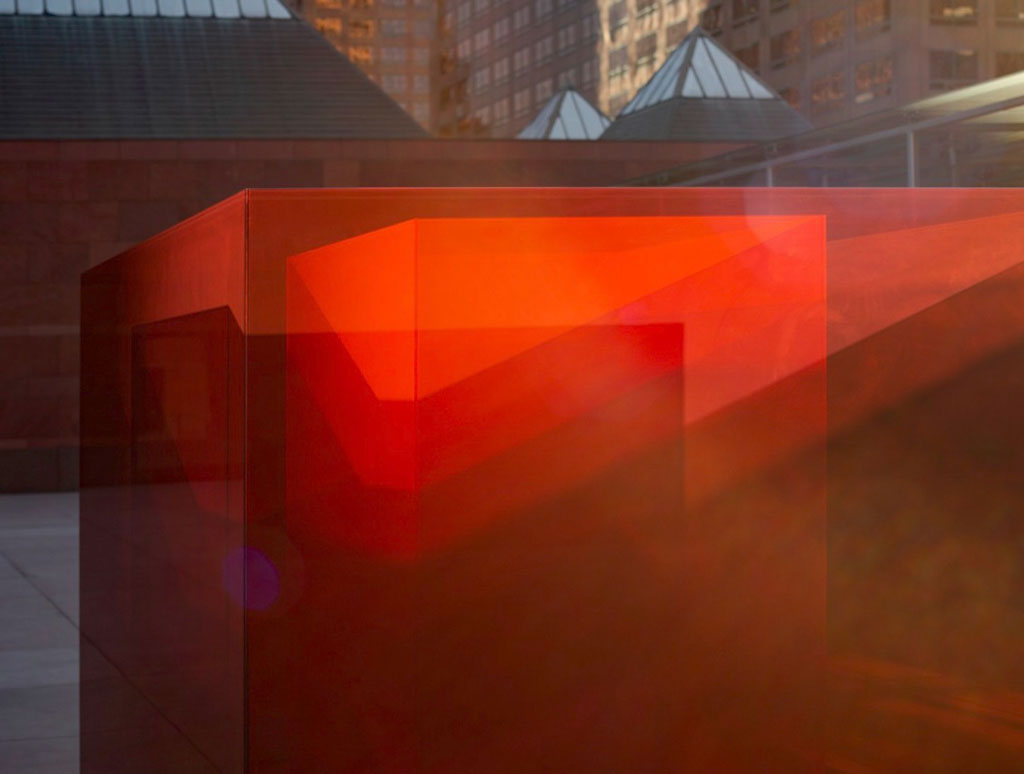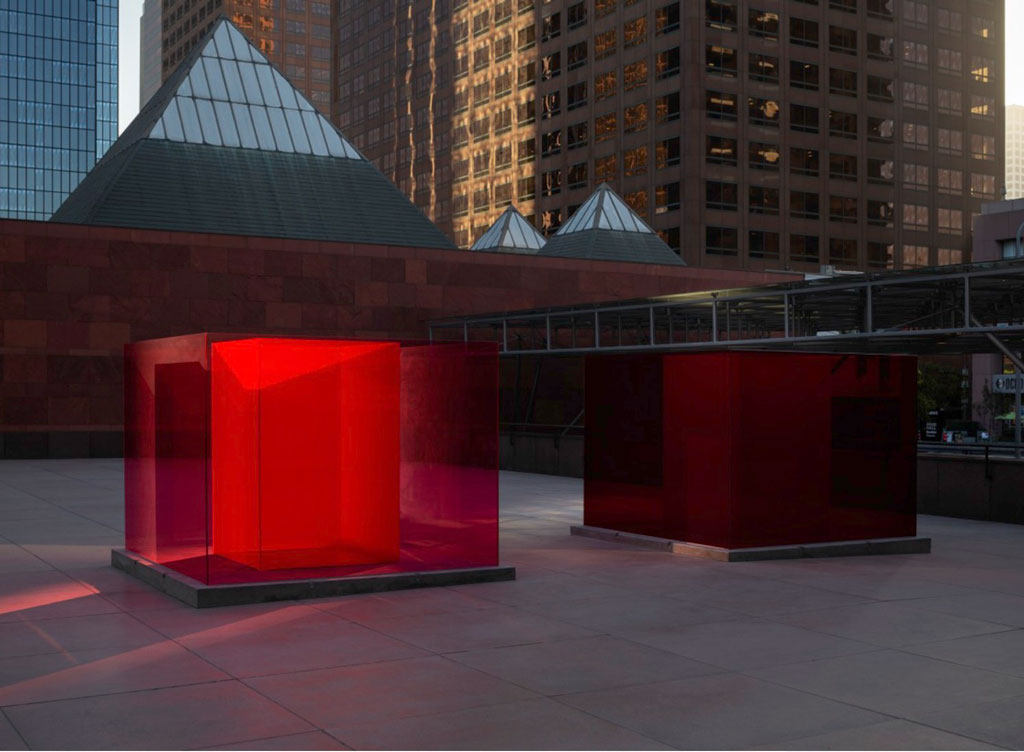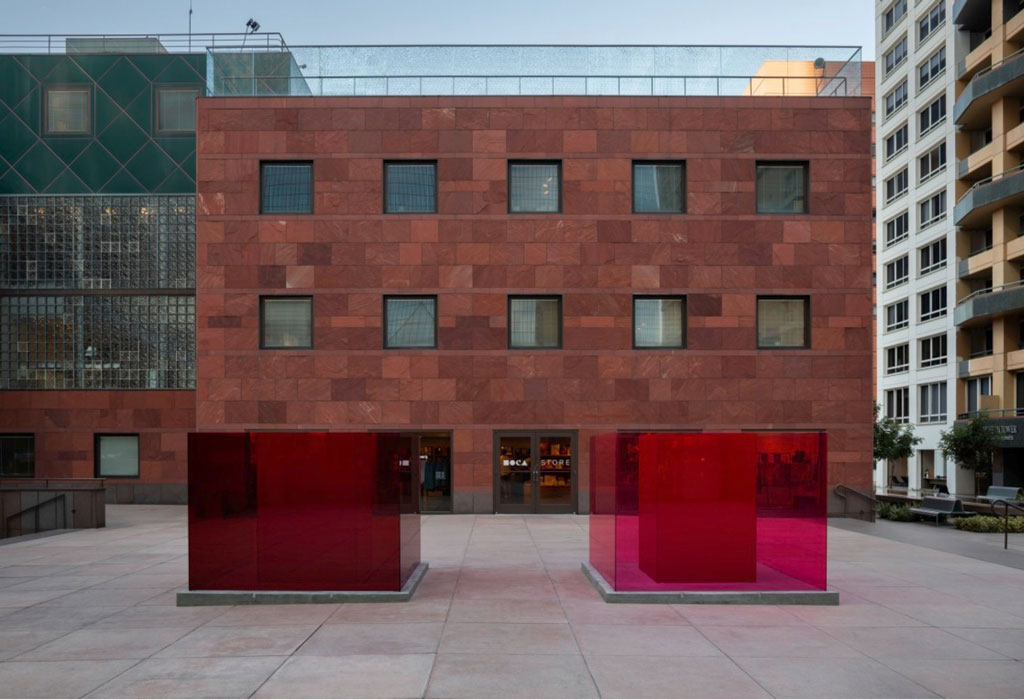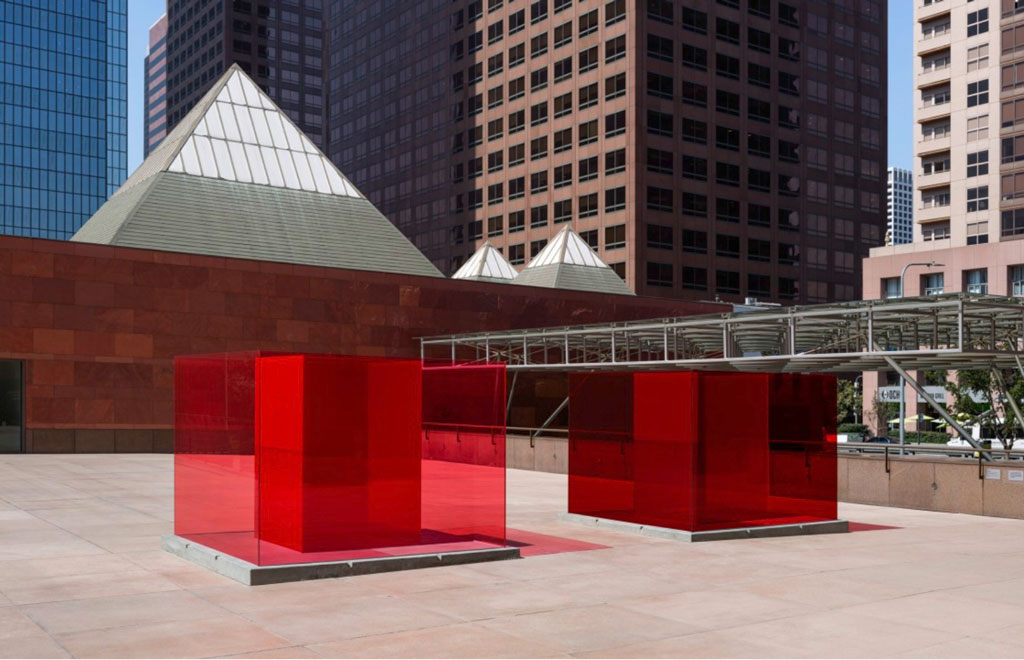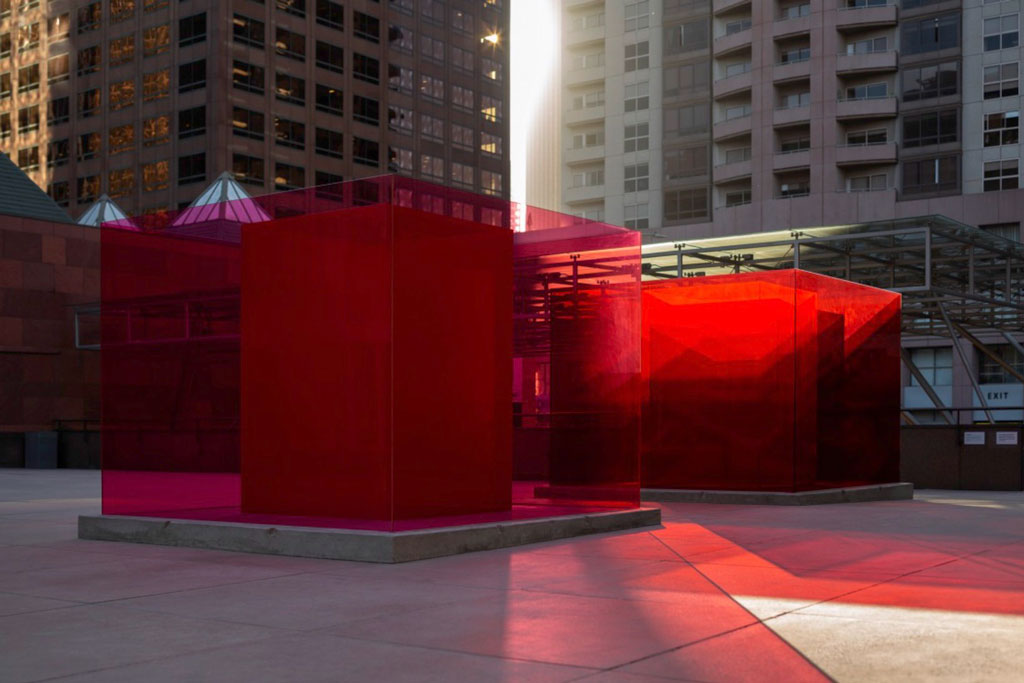ART CITIES:Los Angeles-Larry Bell
 Larry Bell is one of the most renowned and influential artists to emerge from the Los Angeles art scene of the 1960s, alongside contemporaries Frank Stella and Donald Judd, and had garnered international repute by the age of 30. Known foremost for his refined surface treatment of glass and explorations of light, reflection and shadow through the material, Bell’s significant oeuvre extends from painting and works on paper to glass sculptures and furniture design.
Larry Bell is one of the most renowned and influential artists to emerge from the Los Angeles art scene of the 1960s, alongside contemporaries Frank Stella and Donald Judd, and had garnered international repute by the age of 30. Known foremost for his refined surface treatment of glass and explorations of light, reflection and shadow through the material, Bell’s significant oeuvre extends from painting and works on paper to glass sculptures and furniture design.
By Dimitris Lempesis
Photo: MOCA Archive
“Bill and Coo at MOCA’s Nest” extends Larry Bell’s decades of experimentation with glass. With this work, the pioneering artist long associated with California’s Light and Space Movement juxtaposes luminous reds in various saturations, the shades of which are lyrically called habanero, cerise, hibiscus, and carmine. The title refers to the protagonists of 1948’s “Bill and Coo”, a film whose cast is made up entirely of trained birds. The names of the film’s titular lovebirds were in turn drawn from an old-fashioned way to refer to the flirtations of young lovers: within the space of MOCA’s Sculpture Plaza. Larry Bell is one of Los Angeles’s most esteemed and celebrated artists; from the fact that was the youngest artist to join the roster of the legendary Ferus Gallery with a solo exhibition in 1962, to the sold-out 1965 show at Pace Gallery that established his international reputation and the memorable showing at the 2017 Whitney Biennial, Bell’s impact has been remarkably far-reaching and enduring. He began making his signature glass cubes in the early 1960s and from the beginning experimented freely with a variety of surface treatments to explore and harness the material’s transparency and reflectiveness. Early on, Bell adopted a vacuum deposition process that allowed thin metallic films and other substances to be applied to clear glass, creating a range of surface effects. A methodology drawn from the optics industry and more typically associated with the manufacture of camera lenses and telescopes, this film application process proved remarkably generative for the artist and has endured as a signature technique in his practice. Bell’s cube sculptures exemplify the hard-edged appearance of Post-Painterly Abstraction and Minimalism, but create a markedly different experience. Instead of creating a distinctly defined, and inherently neutral object, Bell’s glass sculptures appear ephemeral, constantly changing in response to their surroundings as well as the viewer’s movement around the work. Therefore, the true subject is not the art object, per se, but the transformation of light in response to it. This sculpture is the 7th work by Bell to enter the Museum’s permanent Collection, underscoring MOCA’s commitment to collecting Los Angeles-based artists in depth and joining a rich array of works in MOCA’s collection by other artists associated with the Light and Space Movement such as Robert Irwin, Craig Kauffman, and James Turrell. Bell’s ground-breaking investigations into the amorphous nature of light via such commonplace objects as glass and mirror continues to serve an influential role to later artists.
Info: MOCA Grand Avenue, 250 South Grand Avenue, Los Angeles, Days & Hours: Mon, Wed & Fri 11:00-18:00, Thu 11:00-20:00, Sat-Sun 11:00-17:00, www.moca.org
